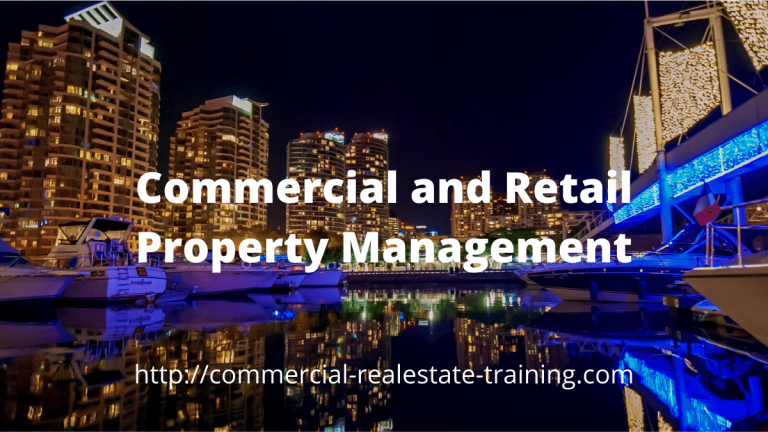Purpose Built Shopping Centre Management Plans
In retail shopping centre management, you must plan to bring new retail property and client into your management portfolio.
That, then is a purpose-built property management plan. That will help you keep the property services you offer in line with your client’s investment targets and stabilize the management appointment. It will also help you engage more deeply with your clients and directly match their property requirements for the long term.
Where do you start? Remember that you have many facts to investigate with your shopping centre management plan, including tenants, leases, maintenance, occupancy, and risk. It can be a very complex process. A checklist method of property management will help you stay on track as you talk to people and review the property’s history.
A Shopping Centre Management Checklist
So, how can you do this with the right level of engagement and control to match the client’s investment plans and targets? Let’s create some system. Try some of these for starters:
- Inspect the property and the surrounding area – This should happen early in the property review or handover process. Today, we are fortunate, in that we can use digital photography and voice notes as part of the inspection process, and as part of that, we can review the property comprehensively to identify and record any safety, code compliance, and physical property performance issues. Ask questions about maintenance and maintenance contracts. You can also talk to the maintenance contractors that have worked on the property over time; they will have comments and ideas that will help you see the day to day issues of the asset that require control. Understand the differences between preventative and urgent maintenance activities.
- Question the landlord regards their investment focus and ‘holding’ requirements – As you get closer to understanding and converting the landlord as a long-term client for you, review the potential of the property; see how that potential can match into the client and their investment requirements. Are there risks that threaten the income, the tenant mix, and or the expenditure for the property? Could those risks then flow through into the asset income stream? Find the weaknesses in the property at the earliest stages of your review. Every weakness has a strategy of resolve. You are the solution provider.
- Understand the tenant mix, the property configuration, and the vacancies – As part of this, see if the client will let you talk to the tenants early in your property review process. You will learn a lot about the property, the landlord, and the location when you talk to the tenants. The tenants will tell you what customers are looking for and where they are shopping.
- Review the income streams for growth and risk – Most landlords as investors will have a high-level focus on income. The leases and the tenants in a property will have a bearing on that. Do the property and the tenant mix align to the local area and the businesses or customers? Look for the strengths and the weaknesses in that income-based review.
- Identify existing and predictable property maintenance issues – When you manage a commercial or retail property, you take over the risk management. The client may or may not be eager to spend money on property maintenance. That can then leave you ‘exposed’ as a property management business to risk and liability. In some cases where a landlord is not willing to spend money on the maintenance in an asset, it is better to walk away from the appointment. That will always be a choice you can make when something is wrong with the property, the client, or the maintenance costs. The threat of litigation is always real and active in commercial and retail property management. Shopping centers are ‘intense’ zones of customer and tenant activity; personal injury from a maintenance-related decision can be large. Don’t let the landlord’s reluctance to spend maintenance money, expose you to future litigation and risk as a real estate managing agent.

Through all these things, it is best to use a checklist and make plenty of notes as you move through questions and ideas.
It is surprising how many issues and ideas you will get as you move through and into property management. Your checklist and notes will help show the client that you have a real plan for managing their property professionally in the future.







